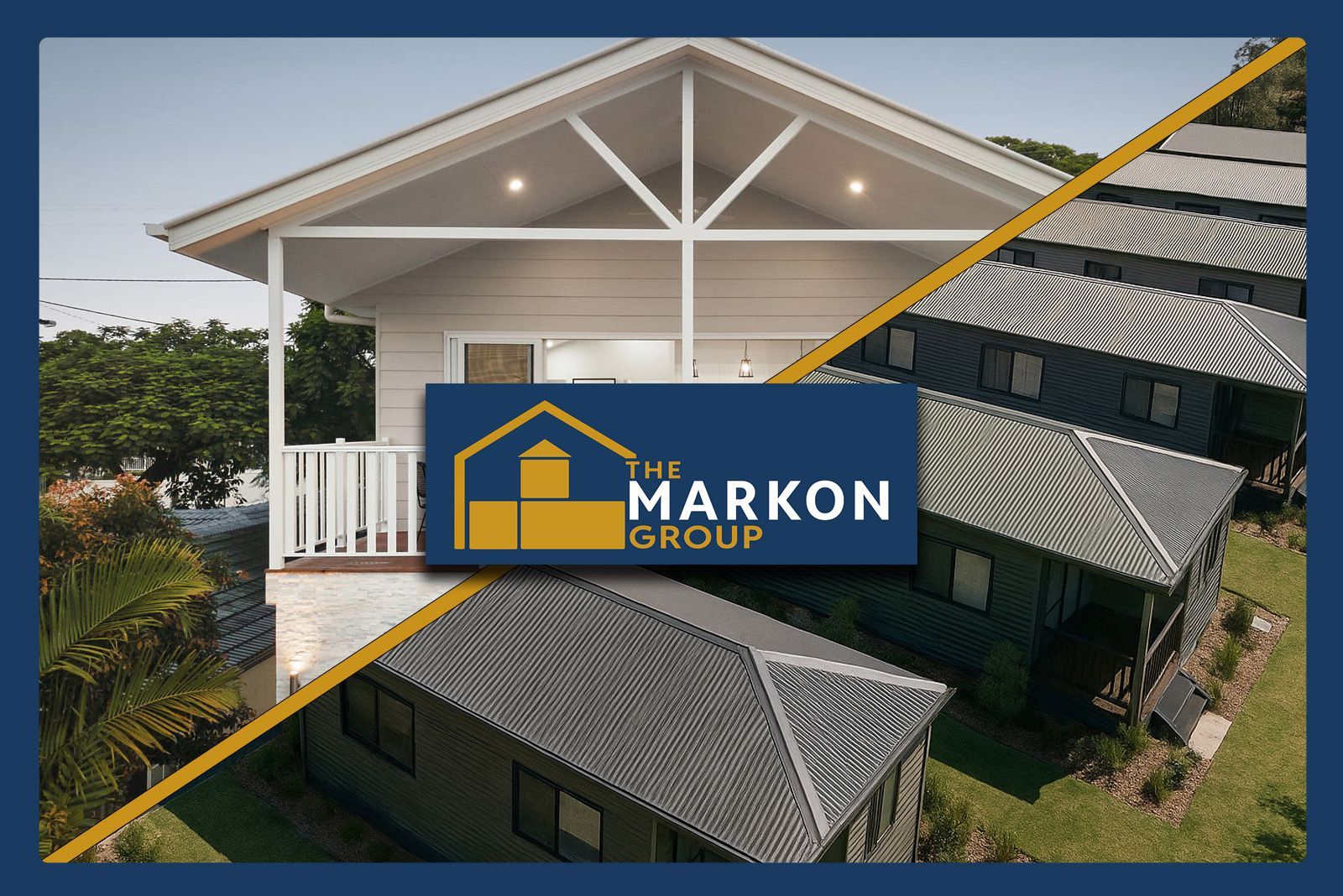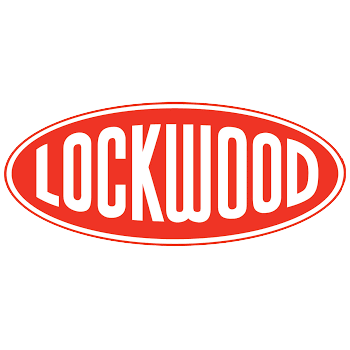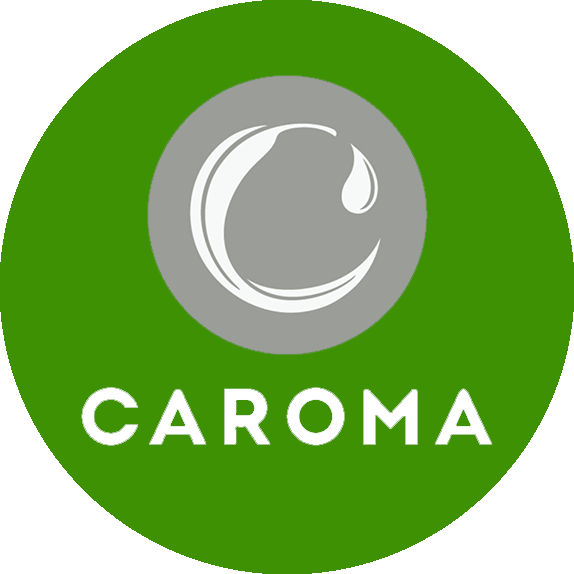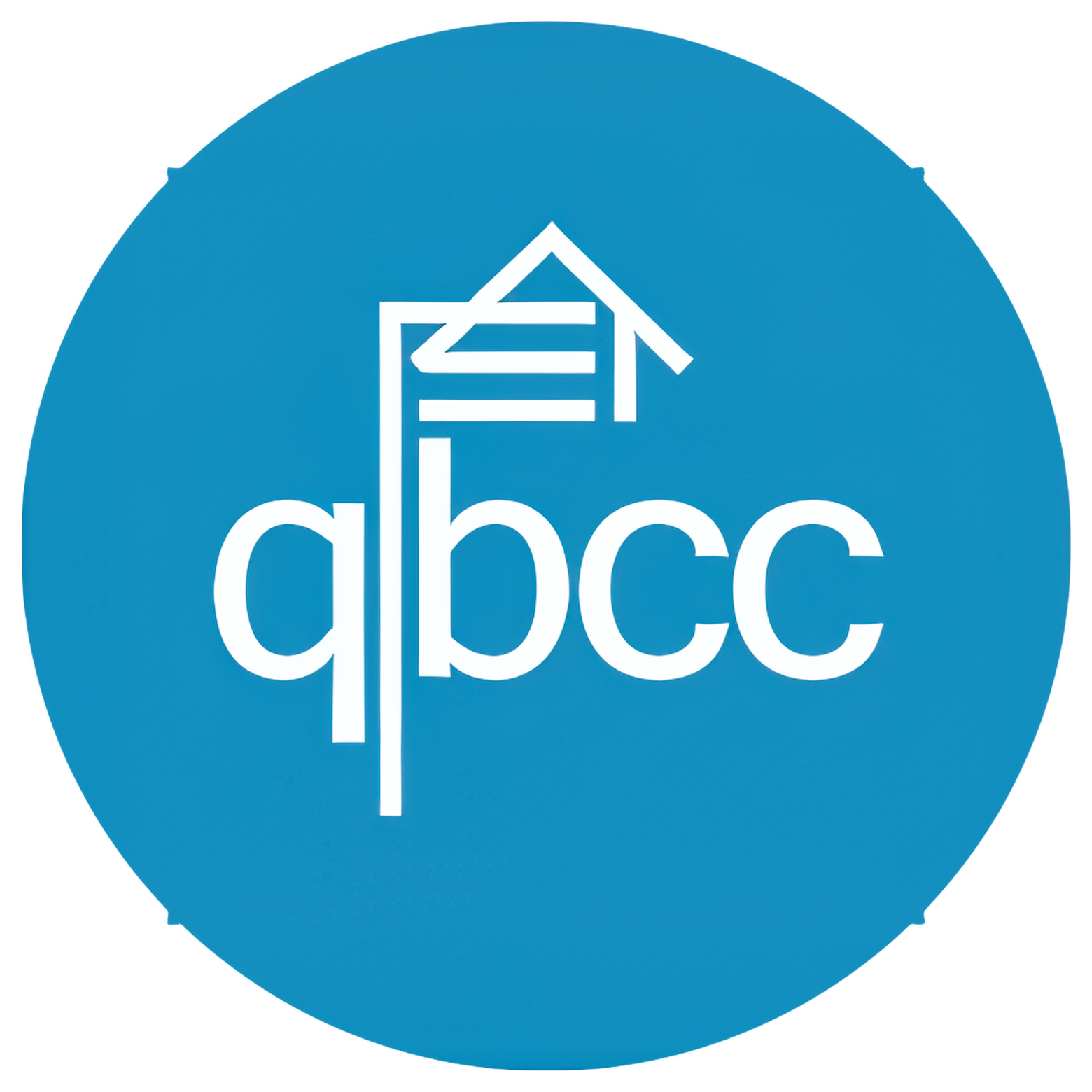The Right Garden for the Right Home: A Practical Guide for Southeast Queensland Buyers
Gardening design ideas and tips
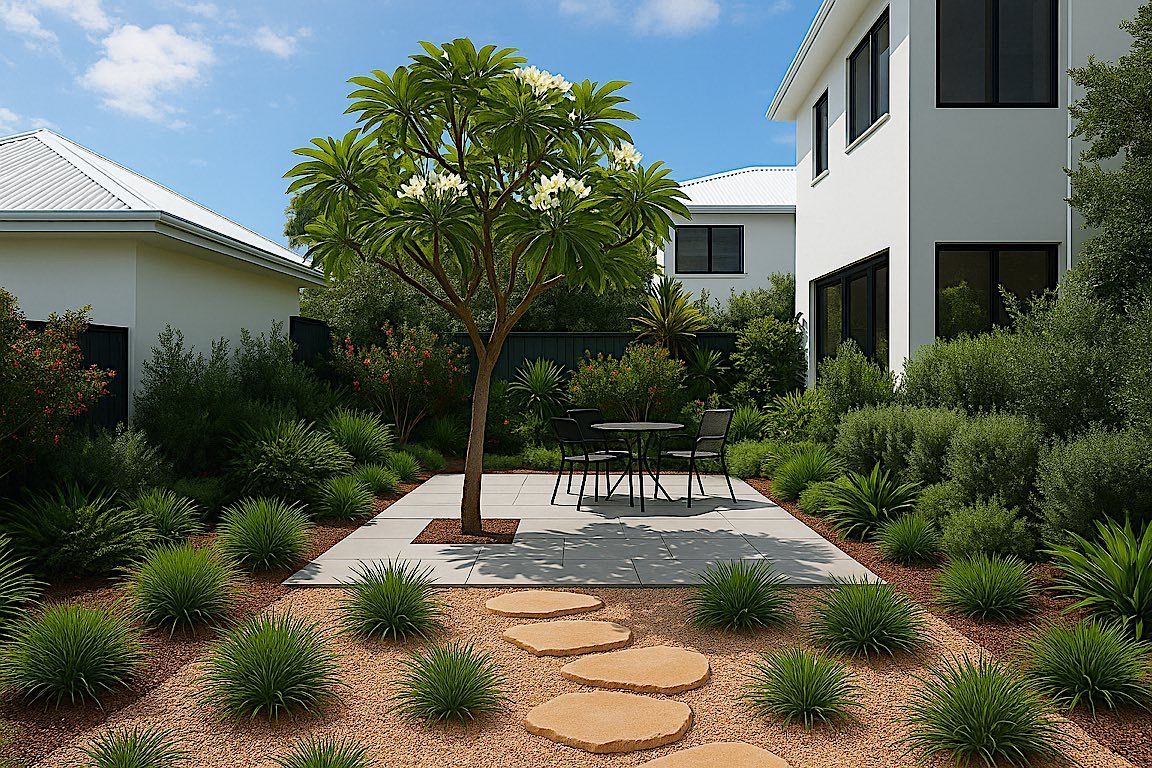
Designing a garden in Southeast Queensland isn’t just about plants and lawns; it’s about lifestyle, comfort, low-stress maintenance, and long-term value. Our warm, subtropical climate can be wonderfully forgiving once you pick the right palette, but it’s equally unforgiving if you fight the site: too much lawn in deep shade, the wrong tree too close to the slab, or thirsty exotics in a water-wise suburb. The key is to match garden type to buyer type—because a first homebuyer’s needs are not the same as a seasoned upgrader’s, an SMSF investor’s, or a knockdown-and-rebuild family planning a forever home.
Below, we unpack how to plan the right landscape for each homebuyer profile, what lawns perform best, which trees to trust (and which to avoid), why traditional rose beds struggle here, and how native or low-maintenance gardens can deliver beauty with fewer weekends lost to yard work. Throughout, we’ll flag practical steps you can take now—and where The Markon Group can jump in with design ideas and quotes to make it smooth and professional from day one.
Southeast Queensland Garden Basics (Read This Before You Plant)
Climate snapshot: SEQ is warm with high summer humidity, mild winters, and periodic heavy rain events. That means:
- Plants must handle heat, summer storms, short dry spells, and sticky humidity.
- Drainage matters—good soils, gentle falls, and mulch go a long way.
- Shade vs sun is decisive: a plant that thrives on a sunny Gold Coast verge might sulk under a shady Brisbane side garden.
Orientation & microclimates:
- North & west aspects cop the most sun/heat; suit heat-loving natives, hardy hedges, feature lawn with good irrigation.
- South & east sides can be softer: think shade-tolerant turf, ferns, and structured understory planting.
- Wind channels (between homes) dry things out—pick tougher foliage and add wind-break hedges if needed.
Low-effort formula for success:
- Improve soil with organic matter and wetting agents.
- Mulch 50–75 mm thick (keeps weeds down, moisture in, roots cool).
- Put irrigation on a smart timer (drip to beds, rotary nozzles to lawn).
- Choose the right plant for the right spot—no heroics, just smart matches.
Pro tip: Stage your garden. Do the structure first (paths, edges, irrigation, key trees), then infill shrubs/groundcovers, then seasonal colour or pots.
Lawns That Love SEQ (and How to Keep Them Happy)
A good lawn frames a home, softens hard surfaces, and gives kids/pets a place to romp. In SEQ, a few turf types consistently perform:
- Buffalo (e.g., Sir Walter DNA Certified):
Great all-rounder. Handles part shade, thick underfoot, repairs reasonably fast, drought tolerant once established. Mow higher (35–50 mm). - Zoysia (e.g., Empire Zoysia):
Fine to medium leaf, slow vertical growth (less mowing), good heat tolerance, beautiful finish. Needs sun; part shade is okay if not too deep. - Couch (e.g., Wintergreen):
Budget-friendly, dense, loves full sun, repairs fast. Not great in shade; can invade garden beds if edges aren’t crisp. - Kikuyu:
Very vigorous and sun-hungry. Great for high-traffic, but can be invasive—use strong edging. Better for large, sunny blocks.
Watering & care basics:
- Deep infrequent watering beats frequent shallow watering—promote deep roots.
- Aerate compacted areas yearly (especially where kids run).
- Feed little and often in growing seasons; pair with a soil wetter to combat hydrophobic sands.
Shade reality check:
No turf thrives in full shade. If a side yard stays dim, consider stepping stones with shade groundcovers (native violets, liriope, mondo grass) or decorative pebbles and pots.
Trees in SEQ: Beauty, Shade, and Sensible Sizes
Trees are your biggest decision—literally. They set scale, add shade, cool microclimates, and anchor the design. In SEQ, choose species that handle humidity and won’t overwhelm your block or your pipes.
Dependable small to medium feature trees (great near homes):
- Tibouchina ‘Alstonville’ (purple spring/summer blooms; ~4–6 m; loves good drainage)
- Crepe Myrtle (Lagerstroemia) (summer colour, attractive bark; 3–6 m)
- Magnolia ‘Little Gem’ (compact, evergreen, creamy flowers; ~3–5 m; formal hedging or features)
- Frangipani (Plumeria) (classic QLD look; ~3–5 m; loves sun, well-drained soil)
- Dwarf Lilly Pilly cultivars (screening/hedging; choose psyllid-resistant varieties; ~2–4 m)
Larger blocks & big-picture shade:
- Tuckeroo (Cupaniopsis anacardioides) (tough coastal native; ~8–10 m; neat habit)
- Queensland Maple (Flindersia brayleyana) (handsome canopy; best for bigger gardens)
- Brush Box (Lophostemon confertus) (strong street tree; needs room; ~10–15 m)
Avoid planting vigorous figs or giant eucalypts close to the house or lines unless you truly have the room and advice—roots and scale can be an issue.
Spacing & placement:
- Keep 2–3 m (or more) from structures for small to medium trees; more for large canopies.
- Consider the mature height and spread, not the nursery label that lulls you at 1.2 m tall.
Roses in SEQ: Why They Struggle (and When They Can Work)
Classic rose gardens are high-maintenance in humid climates. Black spot, mildew, and heat stress can be relentless. Can you grow roses? Yes—with:
- Full sun (6+ hours), open airflow
- Well-drained, fertile soil
- Regular pruning and preventative care
- Hose-off or drip irrigate the root zone (not foliage)
If that sounds like a hobby you’ll love, go for heat-tolerant varieties in a contained area with good space around them. If not, pivot to rose-like performers for SEQ:
- Hibiscus, Tibouchina, Bougainvillea (on a trellis), Portulaca baskets, Brunsfelsia (yesterday-today-tomorrow), Gardenias for fragrance, or Camellia sasanqua in brighter, airy spots.
Native & Low-Maintenance Gardens: Why They Win in SEQ
Native gardens don’t mean wild or messy. Modern designs blend clean lines and curated native palettes for structure, colour, and habitat.
Reliable SEQ natives & near-natives to consider:
- Grevillea (low to tall forms; bird-friendly; many flower colours)
- Westringia (coastal rosemary; clips neatly into mounds/hedges)
- Callistemon (Bottlebrush) dwarf forms for dense screening
- Lomandra and Dianella (strappy, tough, great massed)
- Banksia (smaller cultivars for feature)
- Syzygium dwarf lilly pillies (hedges/screens; pick psyllid-resistant forms)
Pair these with drip irrigation, mulch, and smart edging and you’ll get a tidy, contemporary look that thrives on sunshine and shrugs off summer storms.
Garden Strategies by Buyer Type
Now let’s tailor all that know-how to four common buyer profiles in Southeast Queensland.
1) First Homebuyers: Small Gardens, Big Impact (Front & Back)
Your brief: Affordable, easy, good-looking, and not a weekend job. Smaller front and back spaces call for smart zoning and a simple plant list you can actually keep alive.
Design goals:
- Keep one strong idea per space (e.g., “lush entry with a small lawn island” or “entertaining deck with planter bench”).
- Use vertical space: trellises for jasmine or passionfruit, wall planters for herbs, a slimline pergola for shade.
- Pick one turf and one hedge species to avoid visual clutter and reduce maintenance.
Suggested layout (front):
- Narrow lawn with crisp steel or concrete edge
- Two feature pots flanking the entry (frangipani, dwarf olive, or sculpted Westringia)
- Low mound plantings (Lomandra ‘Tanika’, Dianella ‘Little Jess’)
- Path lighting for safety and night appeal
Suggested layout (back):
- Small lawn pad (Zoysia or Buffalo) with a simple stepping-stone path
- Corner feature tree (Tibouchina or Magnolia ‘Little Gem’) for scale
- Raised timber bed for herbs/edibles (heat-loving basil, chilli, rosemary)
- Optional shade sail over a compact dining set
Plant palette ideas (compact, forgiving):
- Structure: Magnolia ‘Little Gem’, dwarf Lilly Pilly hedge, Westringia mounds
- Texture: Lomandra, Dianella, Liriope, mondo edging
- Colour: Grevillea ‘Ned Kelly’ (bird magnet), hibiscus for tropical pops
- Climbers: Star jasmine, bougainvillea (dwarf forms), passionfruit on a tensioned wire trellis
Maintenance rhythm:
- Mow fortnightly in peak growth; monthly in cooler months
- Drip irrigate garden beds 2–3x weekly summer (adjust to rain); deep soak less often in winter
- Light feed lawns and hedges spring/autumn; refresh mulch annually
First homebuyer shortcut:
Ask The Markon Group to design a “Stage 1 essentials” package—edges, irrigation, small lawn pad, two feature trees, and a tidy front entry scheme—then add pots and colour later as budget allows. We’ll tailor a quote to fit your numbers.
2) Second, Third & Fourth Homebuyers: Room to Grow, Space to Entertain
Upgraders usually have bigger blocks and clearer wish-lists: shaded lawns for kids, a defined entertaining hub, privacy from neighbours, and a garden that looks high-end without high effort.
Design goals:
- Carve the yard into functional zones: play lawn, dining terrace, lounge nook, service area (bins, clothesline hidden behind a screen or hedge).
- Plant mid-sized trees to create microclimates—cool the afternoon sun, frame views from living rooms, anchor the lawn.
- Build strong edges and garden geometry so the space looks structured year-round.
Suggested layout:
- Generous central lawn (Zoysia for refined look or Buffalo for shade tolerance)
- Pergola or pavilion off the main living area (option to add ceiling fan, downlights, and a BBQ bench)
- Screening hedges on side boundaries (dwarf Lilly Pilly cultivars, Syzygium ‘Resilience’, Viburnum ‘Dense Fence’)
- Feature bed with a hero tree (Crepe Myrtle or Tibouchina) under-planted with Lomandra/Dianella for low effort
- Garden lighting: spikes beneath feature trees, strip lighting under bench seats, warm wall washers
Plant palette ideas (structured, modern):
- Trees: Crepe Myrtle, Magnolia ‘Little Gem’, Tuckeroo for larger sites, frangipani for poolside
- Hedges/screens: Syzygium ‘Resilience’, Viburnum odoratissimum, Podocarpus ‘Macrophyllus’ (narrow)
- Mass texture: Lomandra ‘Katrinus Deluxe’, Dianella ‘Little Jess’, Liriope muscari
- Seasonal colour: Tibouchina, Pentas, Blue ginger (Dichorisandra), Salvia for pollinators
Entertainer’s extras:
- Built-in bench with storage for cushions/toys
- Firepit on a decomposed-granite circle (with a steel ring and pavers)
- Outdoor shower if you’ve got a pool or beach lifestyle
- Slimline water tank feeding drip irrigation (tick both sustainability and cost-savings)
Maintenance rhythm:
- Quarterly hedge clip; monthly edge tidy; aerate lawn annually
- Fertilise trees/hedges early spring; wetting agent and mulch top-up pre-summer
Design & build in one:
The Markon Group can coordinate structures (pergola, decking, built-in seating), lighting, and planting in a single plan and quote—so you get a cohesive result and one point of contact.
3) Knockdown & Rebuild: The Forever-Home Garden
When you’re rebuilding, the garden shouldn’t be an afterthought. This is your chance to weave architecture, outdoor living, and planting into one cohesive plan. Think lifespan—trees that will be glorious in 10–20 years, irrigation that “just works,” and materials that age gracefully.
Design goals:
- Strong front elevation with layered planting to complement the facade (low mounds, mid shrubs, one or two statement trees).
- Backyard masterplan: pool or no pool, alfresco orientation, all-weather entertaining (louvres or retractable awnings), outdoor kitchen readiness (gas, water, power).
- Signature tree(s) positioned for wow-factor view lines from living, kitchen, and master suite.
- Future-proof: conduits under paving for later lighting or speakers; capped irrigation lines for future beds.
Suggested layout:
- Entry axis aligned with a specimen tree (e.g., Crepe Myrtle with uplight; or sculptural olive in a feature pot)
- Wide alfresco slab or deck at internal floor level for seamless transition
- Central lawn with framed edges (formal rectangle looks luxe and easy to mow)
- Pool zone (if included) with heat-resilient, non-shedding plants: frangipani, hibiscus, agave, cycads, Heliconia (away from the pool edge to reduce leaf litter)
- Service spine along one side: shed, bins, veggie beds, rain tank—screened by vertical timber or hedge
Plant palette ideas (premium & restrained):
- Trees: Magnolia ‘Little Gem’, Tuckeroo, Queensland Maple (larger blocks), Frangipani (poolside hero), Michelia ‘Coco’ (compact evergreen)
- Hedging: Podocarpus (clean lines), Murraya paniculata (fragrant, formal), Syzygium ‘Elite’ (fast screen)
- Ground layers: Trachelospermum (star jasmine) groundcover, Lomandra ‘Little Con’ borders, clipped Westringia balls for rhythm
Materials & details:
- Large-format pavers, sawn stone or quality porcelain for longevity
- Stainless or powder-coated steel edging (clean lines, long life)
- In-ground LEDs at tree bases; warm white strip lighting under seat overhangs
- Automatic irrigation with zones (lawn sprays, bed drips, pots on micro-drip)
Maintenance rhythm:
- Low if you choose the right palette: quarterly shape clip, seasonal lawn feed, annual mulch refresh
Integrated build partner:
In a knockdown & rebuild, sequencing is everything. The Markon Group can coordinate sub-grades, levels, drainage, slab edges, and service conduits with your landscape works—saving costly rework and delivering a finished home, inside and out.
4) Self-Managed Super Fund (SMSF) Investors: Low-Maintenance, High Street Appeal
For SMSF properties, the goal is to reduce upkeep while maintaining high rental appeal and durability. Tenants want tidy, usable spaces; owners want cost-control and compliance.
Design goals:
- Simple, resilient turf areas (or no-mow alternatives where shade wins)
- Robust, evergreen planting with minimal pruning needs
- Smart edging and weed suppression (mulch + geofabric where appropriate)
- Irrigation that’s simple and tamper-resistant (locked controller cabinet)
Suggested layout:
- Front: structured bed with dwarf hedging (Westringia/Lilly Pilly cultivar), one hero tree, neat Zoysia or Buffalo strip, gravel band by the driveway for car doors
- Back: compact lawn pad or no-mow mix of stepping stones with mondo/liriope; a concrete or paver dining pad sized for a 4–6 seat setting
- Side: crushed stone with stepping pavers for easy bin day; screen the clothesline with a narrow hedge (Viburnum ‘Dense Fence’ or Podocarpus)
Plant palette ideas (set & forget):
- Evergreen hedges: Syzygium ‘Resilience’, Westringia ‘Grey Box’, Pittosporum ‘Green Pillar’ (narrow)
- Mass planting: Lomandra ‘Tanika’, Dianella ‘Cherry Red’ (colourful strappy leaves), Liriope ‘Evergreen Giant’
- Feature: Crepe Myrtle (low care spectacle), Magnolia ‘Little Gem’ (evergreen, formal)
Owner tips:
- Keep irrigation on an automated, locked timer.
- Use stone or concrete borders that resist whippersnipper damage.
- Provide tenants with a simple care guide (watering schedule, mowing height).
Investor-grade landscape package:
The Markon Group can design a low-maintenance, high-appeal garden with durable materials and automated watering—then deliver a fixed-scope quote to suit your SMSF strategy.
Practical How-To: Edges, Irrigation, and Soil (The Unsexy Stuff That Saves You Time)
Edging that lasts:
- Powder-coated steel or concrete kerbs outlast plastic and keep lawns from creeping into beds.
- Straight lines are easier to mow; curves need skill to look clean.
Irrigation that works:
- Drip for garden beds (less evaporation, water goes to roots).
- Rotary nozzles for lawn (even coverage, fewer dry spots).
- A smart controller with rain sensor prevents watering during storms.
- Design zones to plant needs—trees differ from turf.
Soils & drainage:
- Many SEQ sites have sandy or clay-dominant soils. Improve with composted organics and gypsum (for clay) or a soil wetter (for hydrophobic sands).
- Ensure finished levels fall away from the house; add sub-soil drains if needed.
Mulch:
- 50–75 mm of chunky mulch (not fine; fine compacts and repels water).
- Keep mulch clear of trunks and the house slab.
Popular Styles That Fit SEQ (and Who They Suit)
Coastal Modern (great for first homebuyers & investors):
Pale pavers, Zoysia lawn, Westringia and Lomandra massing, a statement frangipani, and charcoal pots. Low maintenance, bright and breezy.
Subtropical Luxe (upgraders & forever homes):
Magnolia ‘Little Gem’, Murraya hedges, clipped spheres of Westringia, Zoysia lawn rectangle, stone steppers, under-lit feature trees.
Contemporary Native (suits all profiles):
Grevillea, Banksia, Callistemon, Lomandra, crushed stone paths, corten/steel edging, timber benching. Structured, bird-friendly, water-wise.
Entertainer’s Court (upgraders & KDR):
Large alfresco with ceiling fan, outdoor kitchen, rectangle of lawn, raised planters for herbs near the cooktop, pendant lighting for atmosphere.
Seasonal Care Calendar (SEQ)
- Spring: Feed lawn and hedges; refresh mulch; plant heat-lovers; set irrigation schedule for longer days.
- Summer: Deep water early morning; inspect for fungal issues (humidity); trim fast growers lightly; brace for storms (stake young trees).
- Autumn: Light feed; aerate lawns; tidy hedges; plant trees while soil is warm but air is cooler.
- Winter: Minimal mow; prune roses (if you’ve chosen them) and deciduous trees; plan any hardscape updates before spring growth.
Mistakes to Avoid (So You Don’t Re-Do It Twice)
- Oversized trees near the slab (root and scale problems later).
- Thirsty exotics in full western blast without irrigation.
- Too many species (hard to maintain, visually noisy).
- Curvy garden edges without a plan (messy, hard to mow).
- Ignoring drainage (ponding near the house equals headaches).
- Shade lawn fantasies (choose groundcovers or pavers where sun doesn’t reach).
Budgeting & Staging (Smart Spend for Each Buyer Type)
First homebuyers:
- Stage 1: edges, small lawn pad, two feature trees, basic irrigation (highest ROI for usability)
- Stage 2: hedges/screens, pots, lighting
- Stage 3: pergola/deck, built-in seating
Upgraders:
- Prioritise structure: alfresco, paths, edges, irrigation, screening hedges
- Add lighting and hero tree; then finish with mass planting
KDR (forever homes):
- Integrate with the build: drainage, sub-grades, conduits, alfresco and pool shells first
- Phase planting in cooler months for better establishment
SMSF investors:
- Spend on durability: hard edges, automated watering, low-care plants
- Keep species list short and evergreen
Want a tailored plan and quote?
The Markon Group can scope a garden that fits your stage, budget, and maintenance appetite—then deliver it to spec. Ask us for a concept and costed options.
FAQs (Because Everyone Asks These)
Q: Is a rose garden a bad idea in SEQ?
A: Not bad—just high-care. If you love them, create a small, sunny, airy rose pocket with drip irrigation and be ready for regular upkeep. Otherwise, choose subtropical performers for similar impact with less fuss.
Q: Which turf if my yard is part shade?
A: Buffalo. If you’ve got dense shade, turf won’t thrive—go for groundcovers, stepping stones, or a deck extension.
Q: How close can I plant hedges to the fence?
A: Leave 500–700 mm where possible for maintenance access; narrow hedges (Podocarpus ‘Green Pillar’) suit tight spots.
Q: Are natives always low-maintenance?
A: Often, but choose cultivars suited to garden scale and give them decent soil and mulch. Prune lightly for neat form.
Q: Do I really need irrigation?
A: You’ll thank yourself. Drip in beds and efficient lawn nozzles reduce water waste and keep gardens healthy during hot weeks or when you’re away.
Pulling It All Together
A great garden in Southeast Queensland starts with a realistic brief: how much sun you’ve got, how much time you want to spend maintaining it, and how you actually live outdoors. From there, the path is simple: choose the right lawn for your light conditions, pick sensible trees sized to your block, rely on evergreen structure with a modest plant list, and finish with good edges, mulch, and automated irrigation.
Whether you’re mapping out a compact first-home courtyard, upgrading to a family-friendly entertainer’s yard, crafting a forever-home masterpiece in a knockdown & rebuild, or optimising an SMSF investment for durability and kerb appeal, the same principles hold—and the result should be a garden that fits your life rather than demanding it.
Ready to Plan Your SEQ Garden?
If you are in the initial build design phase with The Markon Group, we can help with initial landscaping ideas tailored to your home type, site conditions, budget, and maintenance goals. We can then help you work with the appropriate landscaping teams to help you
- Assess your sun, shade, drainage, and privacy needs
- Recommend turf, trees, and a cohesive plant palette
- Design edges, paths, and entertaining zones that suit your lifestyle
- Specify irrigation and lighting for a set-and-forget finish
- Provide a clear idea of costs so you can start smart and add over time
If you already have a home that's been built and are looking for ideas and quotes there are a number of landscapers in your area that can help.
Let’s make the outside of your home as enjoyable and functional as the inside.
Get in touch with The Markon Group for a friendly consult, design ideas and budget on your next home build.
Reach out to our team by contacting us anytime below
